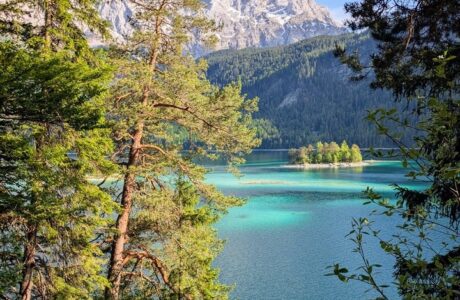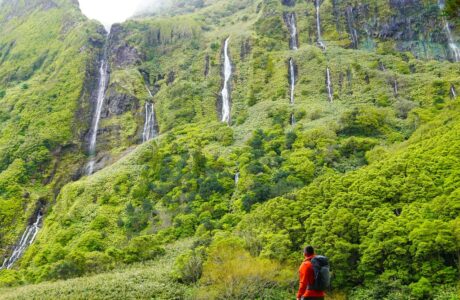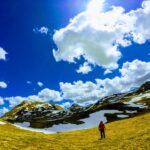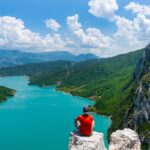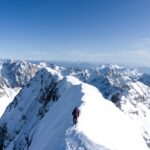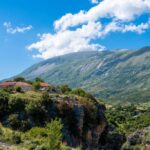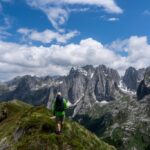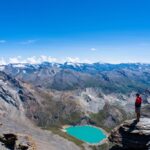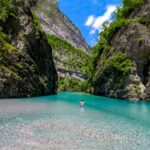Everything has a beginning! Highest mountains have a starting point and the best climbers in the world started somewhere. The only thing important is willing to go out of your comfort zone. If you are an outdoor enthusiast but without experience, looking forward to the first hike, your time is now!
Planning to start climbing?! Don’t worry, it is not as difficult to get in as it looks, and for that I will write a blog series from my experiences, to prepare you for it.
Here are some tips:
Find pals
It is one of the most important things about going outdoors. It is very difficult to go by yourself, you need to find friends. Try to find someone more experienced who might be your introducer to this magical world. You need to learn a lot in the beginning! The best is to find a group, an outdoor group that can share with you the experiences.
There are many ways to find a group, try asking people for local outdoor or alpine groups, or try to do a research in social media. Trust me, it is so easy to find them and usually, they are so friendly, kind and open for new guys on the board for the first hike!
Find your area for the first hike
There are different types of hiking, trekking hikes, trekking climbs, trad climbs, technical climbs, high-altitude climbs and so on. Different type of climbs needs a different type of preparation and pieces of training. The key to being a good hiker is training. I am saying this with 100% confidence. Like every sport, being a good climber needs motivation, discipline and a lot of training. Do you know what is the difference between you and a professional climber?
TRAINING!
The mountains are separated from the difficulty and terrain! Start with easy terrains trying to learn more about the mountain. It is preferable to start with T1 or T2. Don’t you know what T1 or T2 means?
Terrain 1: Below 800 meters, but more than 500 meters above sea level; or is more than 30 minutes, but less than three hours traveling time from a road/track upon which an ambulance could travel.
Terrain 2: Over 800 meters above sea level; or more than 3 hours from a road/track upon which an ambulance could travel. May contain areas of steep ground where scrambling and the use of a confidence rope may be required (excludes climbing activities).
Make a training routine plan and start! Start with low-intensity training and then day by day start increasing the intensity. It is the best way to adapt your body to your new regime. Don’t forget you need cardio training and strength training. Strength training is great for your muscle strength and cardio training for your body endurance!
Do your homework and think big. Choose your way to achieve your goal!
Last modified: October 9, 2025




